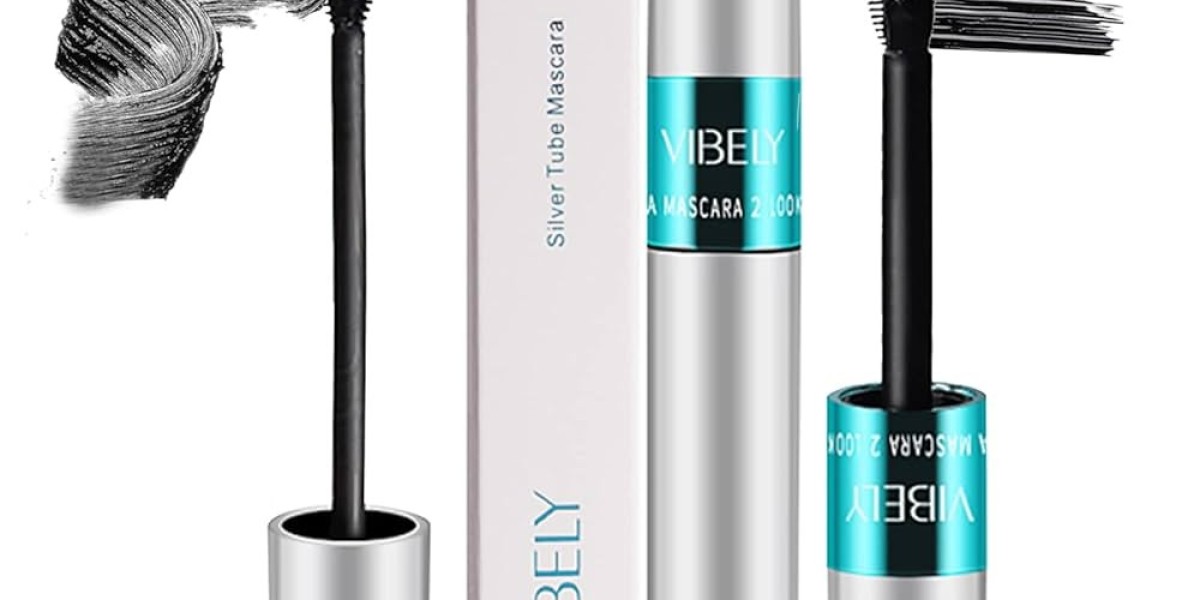Wounds are a part of life—whether caused by accidents, surgical procedures, or chronic health conditions. While the human body is naturally designed to heal itself, the process can be slow or complicated by factors like infection, poor circulation, or underlying health issues. Fortunately, wound healing products play a crucial role in accelerating the body’s natural healing mechanisms, reducing the risk of complications, and improving overall outcomes.
In this article, we’ll explore how modern wound healing products work, the types available, and how they contribute to faster and more effective recovery.
Understanding the Wound Healing Process
Before diving into products, it’s essential to understand the basics of how wounds heal. The healing process typically involves four key phases:
Hemostasis – Blood vessels constrict to stop bleeding.
Inflammation – White blood cells clean the wound and combat infection.
Proliferation – New tissue and blood vessels form.
Maturation – Collagen strengthens the wound, and the tissue remodels.
Interruptions or delays in any of these stages can slow down healing. That’s where wound healing products come into play.
Types of Wound Healing Products
Various products are available to support each phase of wound healing, each designed for different wound types and severities. Here are the most common:
1. Antiseptic Solutions and Creams
These prevent infections by eliminating bacteria and creating a clean environment. Common examples include hydrogen peroxide, povidone-iodine, and silver-based creams.
2. Hydrocolloid and Hydrogel Dressings
These moisture-retaining dressings create a barrier that protects the wound and promotes faster skin regeneration by keeping the area hydrated and insulated.
3. Foam and Alginate Dressings
Ideal for wounds with heavy exudate, these dressings absorb excess fluids while maintaining a moist healing environment, reducing the risk of maceration.
4. Antibiotic Ointments
These help prevent or treat infection in minor cuts, burns, and abrasions. Examples include Neomycin or Bacitracin-based ointments.
5. Silicone Gel Sheets
Used for scar management, these sheets help flatten and reduce the appearance of scars by regulating collagen production.
How These Products Accelerate Recovery
1. Prevention of Infection
Infections are one of the biggest threats to wound healing. Antiseptic and antibiotic products reduce the microbial load on wounds, which not only shortens recovery time but also prevents complications such as cellulitis or sepsis.
2. Moist Wound Healing Environment
Modern wound healing products aim to keep the wound moist rather than dry. A moist environment accelerates cell migration, promotes tissue regeneration, and reduces pain.
3. Controlled Exudate Management
Managing wound exudate (fluid that seeps from wounds) is vital. Products like foam and alginate dressings absorb excess fluid, which minimizes the risk of infection while avoiding the drying out of healing tissues.
4. Enhanced Oxygen Flow
Some advanced wound dressings are designed to allow oxygen permeability, which is essential for cellular activities during healing. Better oxygenation results in faster and more effective tissue repair.
5. Protection Against External Damage
Wound healing products also act as physical barriers against environmental contaminants, friction, and further trauma. This protection allows uninterrupted healing.
The Role of Specialized Products in Chronic and Surgical Wounds
For chronic wounds such as diabetic ulcers or pressure sores, standard over-the-counter products may not suffice. Specialized wound care products like collagen dressings, negative pressure wound therapy devices, and bioengineered skin substitutes offer advanced healing options.
In surgical settings, wound healing products are often preemptively used to reduce infection risk and speed up postoperative recovery, leading to shorter hospital stays and reduced healthcare costs.
Choosing the Right Product
Selecting the right wound healing product depends on:
Type of wound (e.g., surgical incision, ulcer, burn)
Level of exudate
Presence or risk of infection
Location and depth of the wound
Patient health conditions (e.g., diabetes, vascular disease)
Consulting with a healthcare professional ensures that the correct treatment approach is used.
Final Thoughts
Wound healing products are more than just bandages—they are scientifically formulated tools designed to assist the body’s natural repair systems. From preventing infection and managing fluids to maintaining ideal healing conditions, these products play a pivotal role in speeding up recovery and reducing complications.
Whether dealing with minor injuries at home or recovering from major surgery, the right wound healing product can make all the difference. By understanding their functions and benefits, individuals can make informed decisions that support faster, safer healing.






